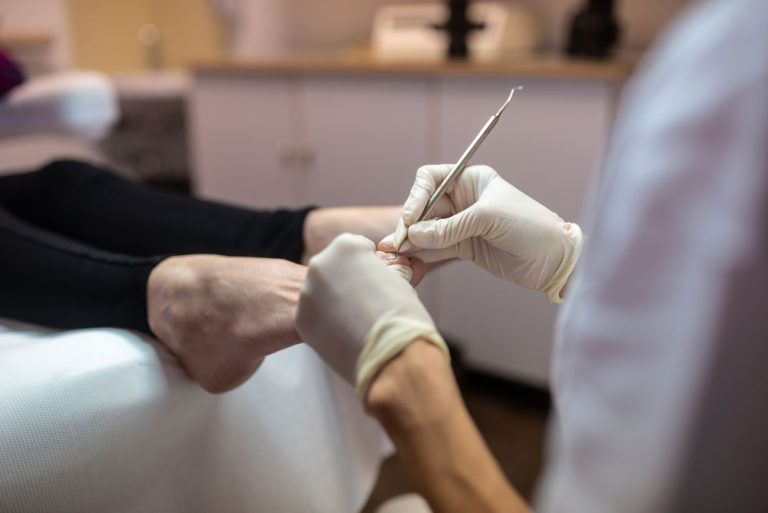What is Nail Fungus?
Fungal infections, tinea unguium or onychomycosis, can occur in the fingernails and toenails of both men and women. Mild nail fungus may be ugly and embarrassing. However, very severe untreated fungal infections can become painful. It is best to seek treatment for it as soon as possible.
Causes
Most catch a fungal infection in their nails by walking around barefoot in warm, moist places, like inside your shoes, public showers, spas, swimming pools, and locker rooms. Nail salons may also spread fungal infections to clients getting manicures or pedicures with improperly sanitized tools and equipment.
Signs & Symptoms
Fungal infections may affect several nails but typically not all. It begins as a white or yellow spot under the tip of your fingernail or toenail. As the fungus spreads over time, your nails will discolor, thicken, become brittle, and crumble at the edge. Very severe fungal infections can cause painful separation of the nail from the nail bed and be foul-smelling.
Nail Fungus Treatment
It’s helpful to keep your feet clean, dry, your toenails trimmed, avoid applying several layers of nail polish and avoid areas where it can thrive. Most treatment regimens take several months to complete, and it takes about 6 months to a year for a healthy new nail to grow out completely. Severe fungal infections become very difficult to treat.
- Oral antifungal medications: are among the most effective nail fungus treatments
- Topical medicated toenail polish (Jublia, Keralyt)
For more information about Nail Fungus, view some of our articles.

